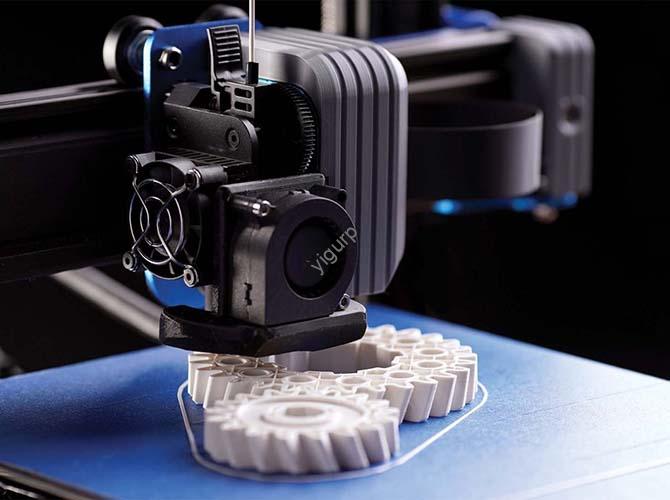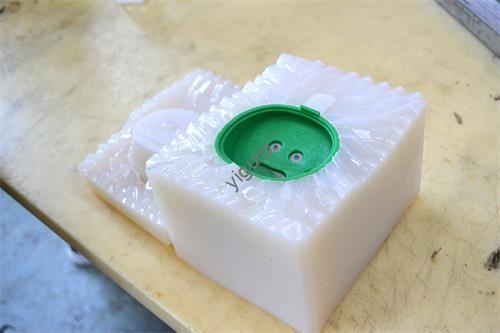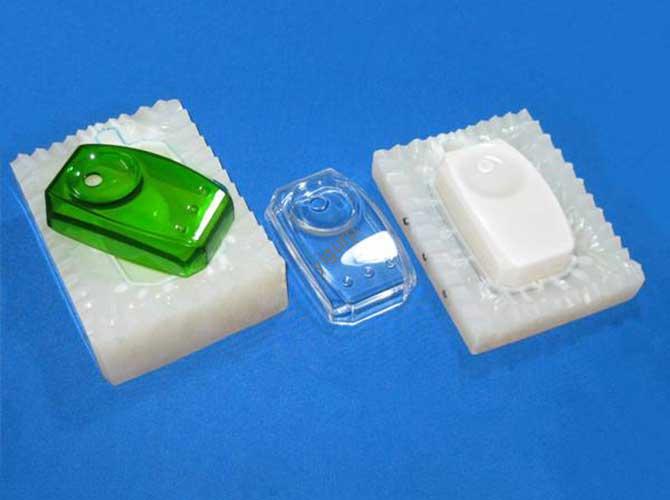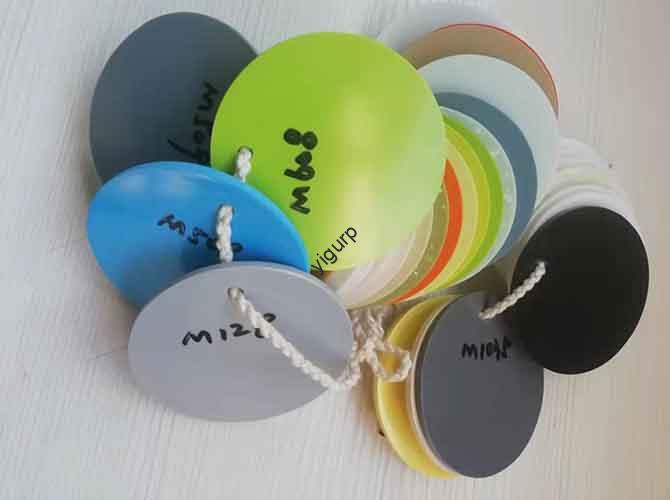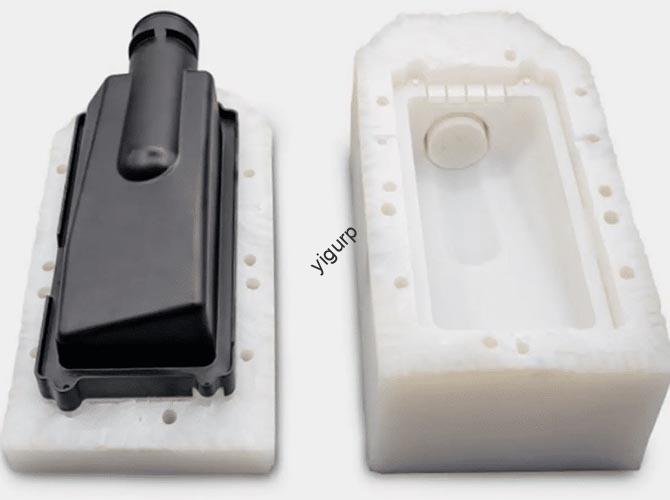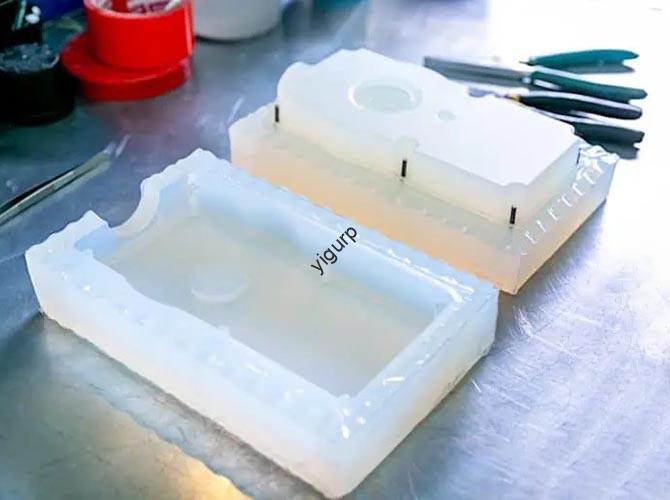What Is Silicone Mold Making and Its Key Essentials?
Silicone mold making is a practical manufacturing process that transforms two-component silicone materials into flexible, detail-retaining molds for replicating various objects—from handicrafts to industrial prototypes. It stands out for its simplicity, low cost, and ability to capture micro-textures (even 0.1mm details), making it popular among crafters, small businesses, and hobbyists. But what materials do you […]

